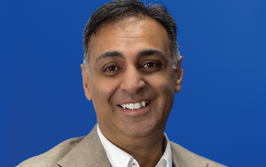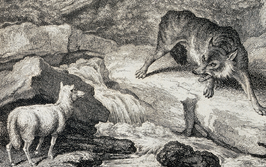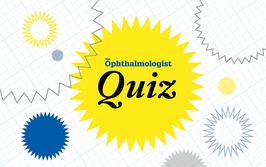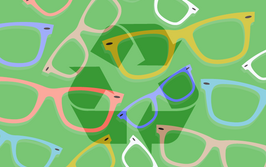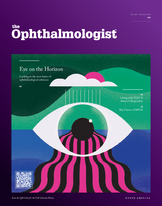Alex Huang
The Power List 2017
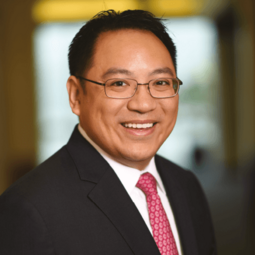
Alex Huang
Assistant Professor, Doheny and Stein Eye Institute, Department of Ophthalmology, David Geffen School of Medicine, UCLA, Los Angeles, CA, USA
Today, Alex Huang is a glaucoma specialist, a founding member of the Doheny Eye Institute and UCLA affiliation, and NIH-supported clinician scientist whose laboratory is developing an aqueous humor imaging technique, aqueous angiography, that should not only help improve our basic understanding of aqueous outflow, but also help optimize the efficacy of interventions that seek to enhance natural outflow pathways – like some MIGS devices. But Alex’s story begins with neuroscience, not glaucoma.
His undergraduate degree research included work on axon guidance and hippocampal synaptic transmission. As a MD/PhD candidate at The Johns Hopkins University School of Medicine under Solomon Snyder in the Department of Neuroscience, Alex went on to research atypical amino acids and their role in melanocortin production, melanocortin behaviors, and retinal development – and it was this work that prompted him to pursue residency training in ophthalmology at Doheny Eye Institute.
This is when his clinical and research interest in glaucoma really began. It started with a basic science research endeavor with James Tan at UCLA/Doheny that involved them identifying collagen and elastin as the biological origins of endogenous trabecular meshwork autofluorescence in the human eye. After that, he became a Heed Ophthalmic Foundation-supported glaucoma fellow with Robert Weinreb at the University of California, San Diego, where Alex, with Robert, developed the basis for his research program that examined the unstudied and potential post-trabecular meshwork sources of aqueous humor outflow resistance in the eye. This led to an NIH Mentored Clinical Scientist Research Career Development Award, and Alex is also funded by the American Glaucoma Society and Research to Prevent Blindness to develop aqueous angiography into a technique that can be used to visualize outflow in a clinical setting. At home, Alex spends his time with his wife, Maggie, and two young sons, Ethan and Evan, most frequently building Legos probably bought at the Legoland theme park in Carlsbad, California.
One nominator said: “Alex is an inventor of aqueous angiography, a ground-breaking technique that visualizes real-time aqueous humor outflow for improving the basic understanding of fluid flow in the eye. He is Principal Investigator of several studies that have validated the used of this technology experimentally (post-mortem human eyes and non-human primate live eyes), as well as in human patients. This new technology offers great potential for enhancing and individualizing glaucoma surgery.”

